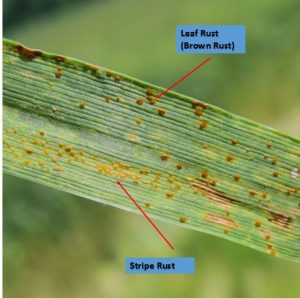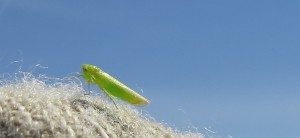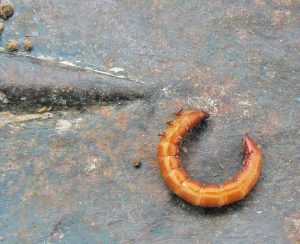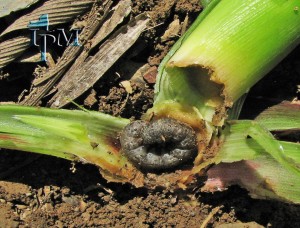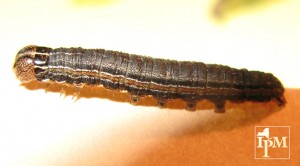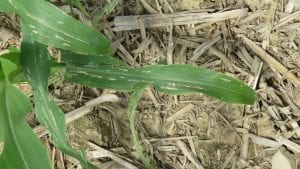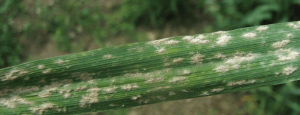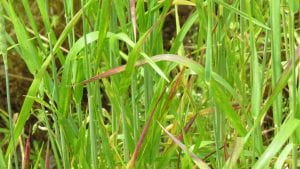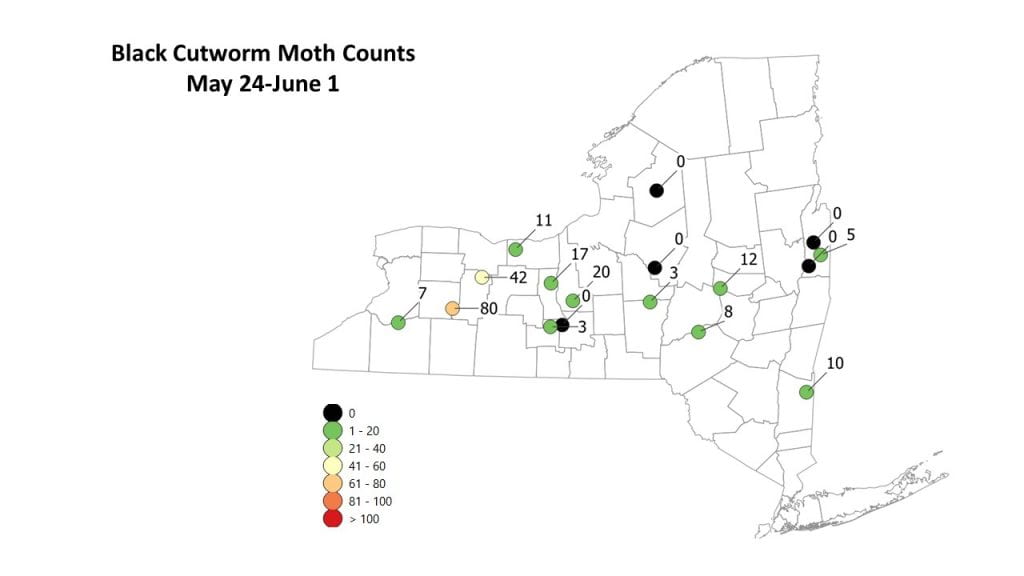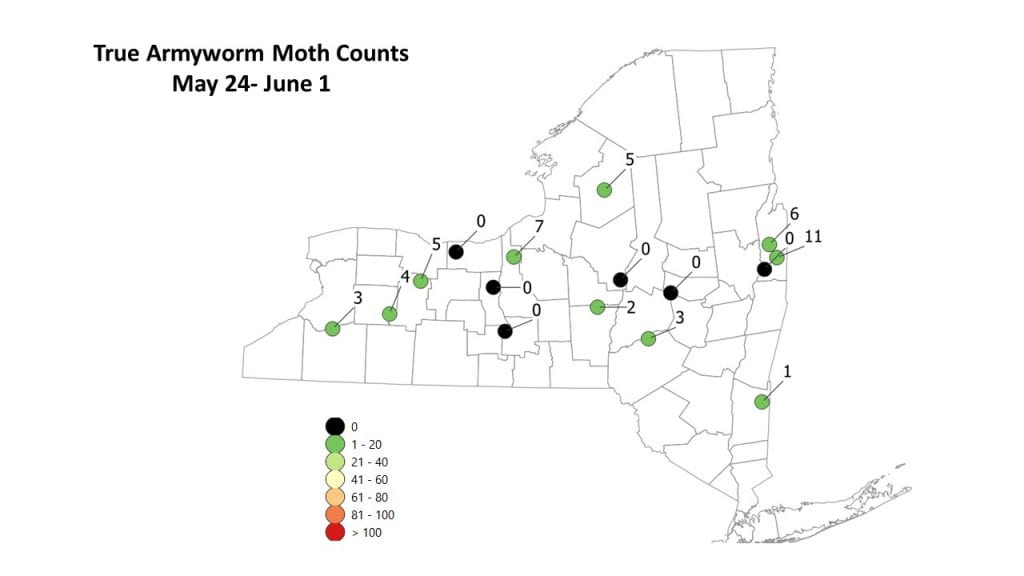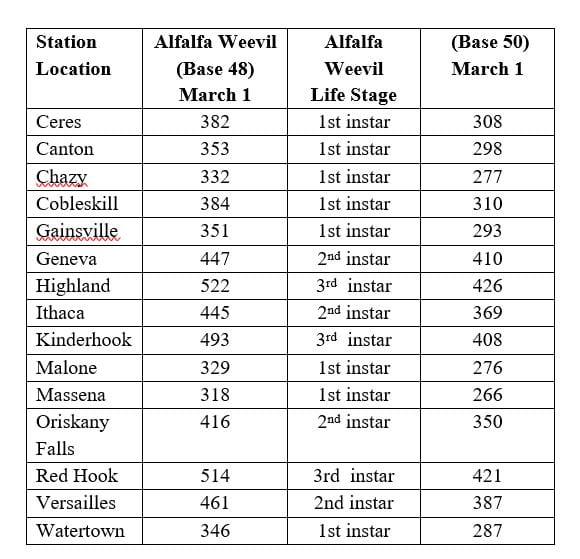NYS IPM Weekly Field Crops Pest Report
Volume 19, Number 5
View from the Field
Alfalfa Weevil
Aaron Gabriel (CCE Capital District) reports low levels of alfalfa weevil larvae in alfalfa fields this last week. Because of the cold spring, alfalfa weevil will most likely not be a big issue in the first cutting of alfalfa. HOWEVER, watch the forage regrowth because alfalfa weevil could be an issue for second cutting. For more info on alfalfa weevil, check out this article.
Stripe Rust on Wheat
Mike Stanyard (CCE NW NY Dairy, Livestock & Field Crops) found stripe rust on wheat this week in Seneca County. This can be a very problematic disease. Please refer to an article Dr. Gary Bergstrom (Cornell Field Crops Pathologist) prepared on stripe rust Stripe rust: A new challenge to wheat yield in New York . Mike also found Septoria leaf blotch on wheat.
Potato Leafhopper
Aaron Gabriel (CCE Capital District) is the first one to find potato leafhopper adults in alfalfa this growing season. Potato leafhopper does not overwinter in New York. They migrate on storms from the south, and arrive in late May or early June.
Wireworm
Jaime Cummings (NYS IPM), Janice Degni (CCE South Central Team) and Ken Wise (NYS IPM) found wireworm at low levels in corn this week in fields in eastern and south-central NY. Wireworm can cause stand losses similar to seedcorn maggot, especially following sod or a cover crop, but are typically managed with neonicotinoid insecticidal seed treatments. The wireworm damage identified in Tompkins County was in stands planted without a protective neonicotinoid seed treatment. As a reminder, if you find fields with seedcorn maggot or wireworm damage, please contact your local CCE specialist to record the infestation and losses as part of the statewide survey to determine the value of neonicotinoid seed treatments in NY field crops production.
Cereal Leafbeetle
Aaron Gabriel (CCE Capital District), Jaime Cummings (NYS IPM), Jen Starr (Cornell University Plant Pathology) and Mike Stanyard (CCE NW NY Dairy, Livestock & Field Crops) found low to moderate levels of cereal leaf beetle on small grains. Larvae will be collected and assayed to measure levels of parasitism by a biocontrol parasitic wasp, as part of the NYS IPM cereal leaf beetle biocontrol project. If you find fields infested with cereal leaf beetle, please let us know!
Black cutworm
Mike Stanyard (CCE NW NY Dairy, Livestock & Field Crops), Jeff Miller (CCE Oneida County) and Josh Putman (CCE SW NY Dairy, Livestock & Field Crops Program) found low to high levels of black cutworm in field corn. With the increase in heat and degree-days black cutworms will start to show up in corn fields. Its’ is a good time to start scouting for black cutworm!
Black Cutworm
True Armyworm
Aaron Gabriel (CCE Capital District) Reports low levels of true armyworm damage to field corn. We have caught many armyworm moths statewide this spring. With the increase in degree-days it is important to get out and scout for armyworm.
Slugs
Jaime Cummings (NYS IPM) and Ken Wise (NYS IPM) report low levels of slug damage on emerging corn.
Powdery Mildew and Barley Yellow Dwarf
Jaime Cummings (NYS IPM) and Christian Malsatzki (CCE Ulster County) report finding low levels powdery mildew and barley yellow dwarf virus in small grains. Christian also found Stagonospora leaf blotch in wheat. This is a very common disease and occurs at low levels in most fields. Check out this article for more information on common foliar diseases of small grains in NY, and how to best manage them.
Barley Yellow Dwarf Virus
Black Cutworm Moths Caught
True Armyworm Moths Caught
Alfalfa Weevil, Seed Corn Maggot and Base 50 F Degree Days
June 5, 2020
Alfalfa Weevil and Growing Degree-Days Blog Short
Alfalfa Degree Days Life Stages
(Base Temperature 48F)
Stage Degree Days
Egg Hatch 280
Instar 1 315
Instar 2 395
Instar 3 470
Instar 4 550
Cocooning 600
Pupa 725
Adult Emergence 815
Black Cutworm and True Armyworm Degree Days
June 6, 2020
Black Cutworm Degree Days (Base 500 F) Lifecycle Growth Stages
Degree Days Stage Feeding Activity
0 Moth Capture Egg Laying
90 Eggs Hatch
91-311 1st to 3rd Instar Leaf Feeding
312-364 4th Instar Cutting Begins
365-430 5th Instar Cutting Begins
431-640 6th Instar Cutting Slows
641-989 Pupa No feeding
Source: University of Minnesota Insect Pest of Corn-Stand Reducers Black Cutworm
True Armyworm Degree Days (Base 500 F) Lifecycle Growth Stages
Degree Days Stage Feeding Activity
0 Moth Capture Egg Laying
113 Eggs Hatch
612 Larval stages Leaf Feeding
909 Pupa No feeding
Keith Waldron, NYS IPM
General
*Walk fields to check tile flow, check and clear drainage outlets. Look for line breaks
*Note and record location of wet areas on field maps or aerial photo for future tiling considerations and crop decisions, check for areas of soil erosion
*Pre-plant weed evaluation, timing cultivation and/or pre-plant weed management
*Watch for early season weeds: winter annuals, chickweed, henbit, field penny cress, shepherd’s purse, giant and common ragweed, purple deadnettle, lambsquarters, redroot pigweed, velvet leaf, Pennsylvania smartweed, common sunflower, quackgrass, foxtail
Alfalfa:
*Evaluate established legume stands for winter damage (thinning stand, frost heave, Brown root rot), determine average alfalfa stand count adjust crop plans if necessary
*Monitor for alfalfa weevil, crown or foliar diseases
*Monitor new seedings for Pythium blight and Phytopthora Root Rot.
*Monitor for Alfalfa Snout Beetle (In Oswego, Jefferson, Cayuga, Wayne, Lewis, St. Lawrence, Clinton, Essex, and Franklin counties)
Small Grains:
*Monitor winter grain fields for over wintering survival (snow mold and other cold injury issues), weed issues (such, as winter annuals, corn chamomile and chickweed), growth stage, number of tillers, foliar diseases (powdery mildew, rusts)
*Check stands for soilborne virus diseases, Wheat spindle streak mosaic and Soilborne wheat mosaic, check for signs of powdery mildew or other maladies, cereal leaf beetle, weed escapes, goose damage
Corn:
*Prepare land and plant corn as conditions allow
*Pre-plant weed evaluation, timing cultivation and/or pre-plant weed management
*Emergence: assess stand, population count
Soybeans:
*Prepare land and plant soybeans as conditions allow
*Pre-plant weed evaluation, timing cultivation and/or pre-plant weed management
Pastures:
*Check and mend fences as needed.
*Check crop growth
*Monitor fields for invasive species, plants harmful to livestock
*Review/Plan rotation system
Equipment:
*Remove / clean soil and crop debris from equipment
*Arrange for custom weed control or check your own application or cultivator equipment for repairs.
*Carry appropriate / necessary NYS DEC and EPA required documents: (pesticide applicators license, pesticide labels, MSDS sheets, etc.) with application equipment
*Calibrate:
-planting equipment – maintain records on planting rate per field
-manure spreaders – maintain records on amount spread per field
-pesticide application equipment – Check nozzles, pumps, etc., recalibrate pesticide application equipment before use.
Storage:
* Check stored grain bins for temperature, moisture and signs of mold and insects. Aerate, core, transfer grain or treat as necessary
*Check forage allocation and anticipate feed program adjustments as forages from previous year are used up
*Plan where forages should be stored for optimum allocation next feeding season



